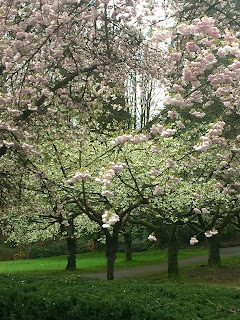An extraordinary evening involving rock music's legendary Roger Waters took place last month in Vancouver. Yes the concert was politically charged, musically brilliant and visually spectacular. But this was different. At the end of Roger Waters' North American tour and prior to the Vancouver concerts, he generously agreed to sit down with the people of Vancouver to share his thoughts on the role of the artist as social change agent and in particular, the reasons behind his strong support for Palestinian human rights.
On Thursday, October 26 2017 - two days prior to the first of two Vancouver "Us and Them" Concerts, Roger Waters, the creative power and songwriting force behind Pink Floyd, presented his evolution as a human rights activist and his support for Palestinian rights in a magnificent cathedral.
Roger Waters’ long-time political activism became focused on Israel/Palestine in 2006. He is one of the most prominent celebrities to join the BDS (Boycott, Divestment, Sanctions) movement, speaking out against Israel's longstanding military occupation of Palestine.
In 1965, Waters co-founded the progressive rock band Pink Floyd, often called “the best band of all time.” He performed his iconic album The Wall in 1990 to commemorate the fall of the Berlin Wall. The wall that today needs to be dismantled is the Apartheid Wall in Palestine. Indeed Roger has been to the West Bank and he has spray-painted messages of political liberation onto that oppressive, massive structure.
Roger has been widely attacked for his views, and accused of being anti-Semitic because of his criticism of Israel's decades-long human rights abuses. But as Israeli journalist, Gideon Levy writes, when Waters “talks about Israel, it’s with pain, criticism and anger, but not hatred, and anti-Semitism is not part of the picture here.”
Roger Waters spoke at St. Andrew's-Wesley United Church in Vancouver on October 26, 2017. He was interviewed by Martha Roth, a member of Independent Jewish Voices. The event was chaired by Itrath Syed, an Instructor at Langara College and Simon Fraser University.
The video of the event can be seen here: Roger Waters. On Palestine. In Vancouver.






























